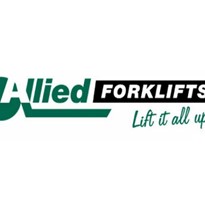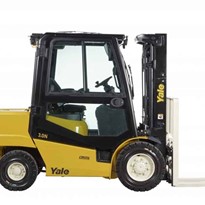While similar safe operating and maintenance procedures apply to all pes of forklifts, the following control measures relate specifically to POFs.
A licence/certificate is not required to operate POFs.
How to operate POFs safely
- Only trained operators may operate a POF.
- Make pre-operational and post-operational safetychecks.
- Ensure the POF is suitable for the grades intendedto be travelled.
- Wear appropriate personal protective equipment,such as high visibility vest and steel cappedfootwear.
- Do not operate a POF if hands or footwear are greasy.
- Check the work area for damaged flooring, overhead obstructions, ramps and docks. Do not work tooclose to the edges of ramps or docks.
- When travelling in reverse take care not to bump into objects, run over loose objects or trip overobjects. Do not use a POF in an unauthorised area or explosive atmospheres.
- Keep arms, hands, legs and feet away from the lifting mechanism and wheels.
- ound the horn when approaching intersecting aisles or blind corners.
- When operating a POF on grades, ramps or inclines, face the load uphill, do not make turns. If it isnecessary to park the POF on an incline, make sure the wheels are securely chocked.
- Do not ride on the POF or allow another person to ride on it.
- Do not exceed the safe lift limit of the POF when handling a load. These limits are specified on the data plate.
- The forklift arm blades (tynes) should be a sufficient length to support at least 75% of the load (seefigure below).
- The load should be stable and evenly distributed on both fork arms prior to lifting and when travelling.Fork arms should be sufficient distance apart to ensure the stability of the load.
- When parking:
- use the brake
- lower forks to the ground
- do not leave key in the ignition if unattended.



-160x160-state_article-rel-cat.png)





-160x160-state_article-rel-cat.png)
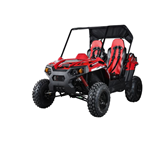
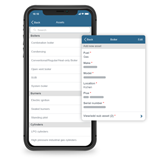

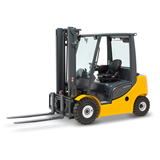
-160x160-state_article-rel-cat.png)



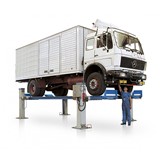
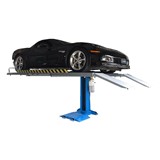







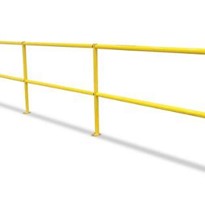


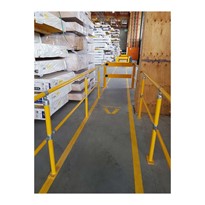


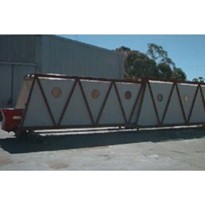

-205x205.jpg)




